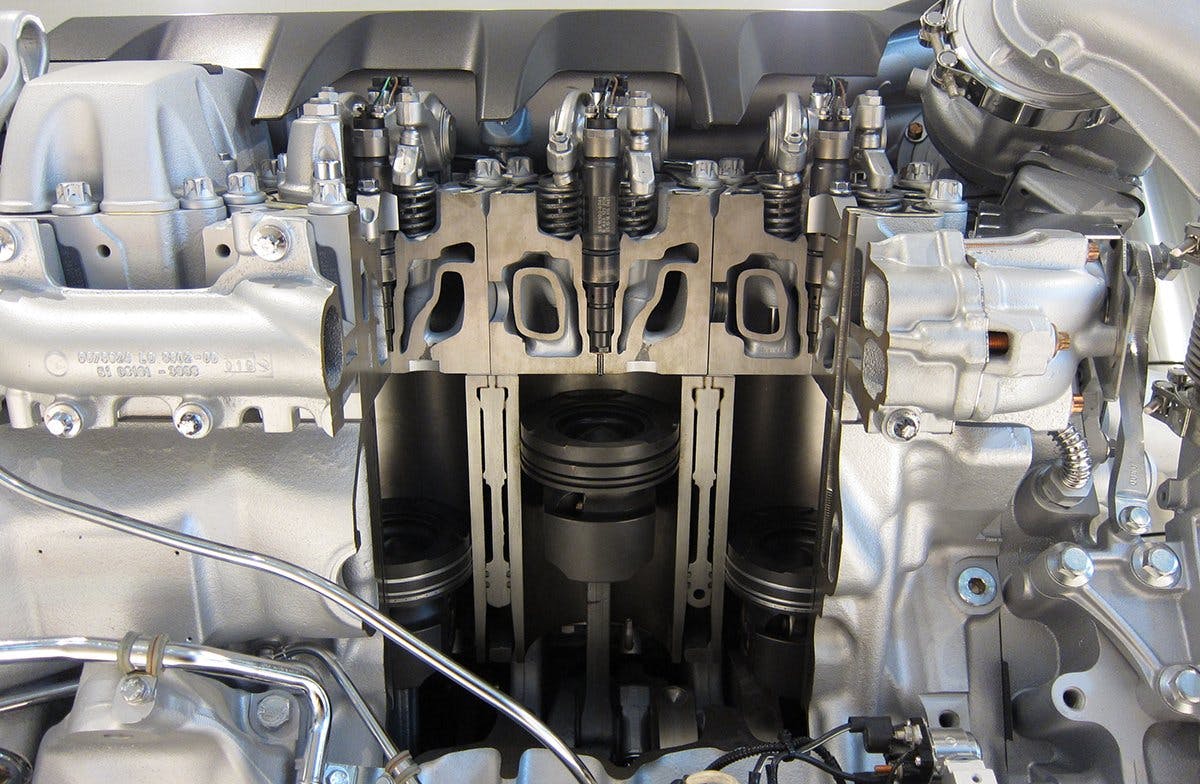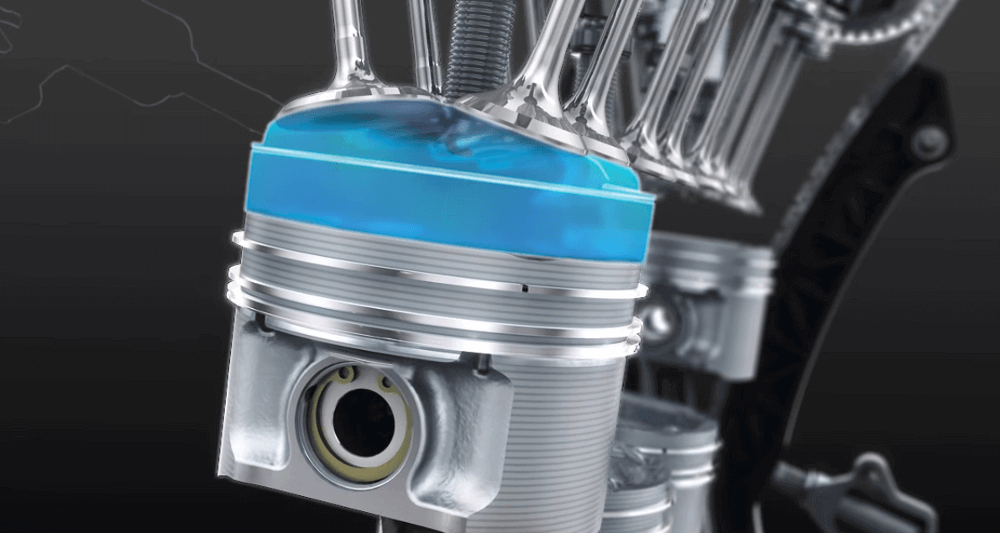Stroke volume: What is it, and what determines it?

The stroke volume is a part of the working space of the cylinder in a reciprocating internal combustion engine, which is defined by the piston's bottom and top dead centers. Simply put, the stroke volume is the volume the piston fills during its stroke.
However, as many people mistakenly think, the stroke volume does not mean the engine's total displacement. It only indicates the volume of the cylinder's working space defined by the piston's bottom and top dead centers. Above the top dead center of the piston, there is a space called compression space or compression volume.
Inhoudsopgave
What is the difference between stroke volume and engine displacement?

- VK - Compression space
- VZ - Cylinder volume
- HU - Top dead center of the piston
- DU - Bottom dead center of the piston
The stroke volume of the cylinder is referred to as VZ and depends on the distance between the dead centers of the piston. VZ is given in volume units, more precisely in liters or cubic centimeters.

Compression Ratio: What effect does it have on the engine?
Engine displacement is called VM, which is the sum of the VZ of all engine cylinders. VM, like VZ, is given in volume units, either in liters or cubic centimeters.
The technical certificate states the displacement of the entire engine, which is indicated in cubic centimeters. You can find the VM listed in liters on the engine cover or the back of the car (it may not be marked this way on every vehicle).
What is the stroke volume used for?
Stroke volume is used to compare the size of reciprocating internal combustion engines. It is the quantity on which the performance parameters of the engine depend.
If some parameters of the engine are divided by the stroke volume, we obtain comparative parameters, with the help of which we can also compare engines of different sizes. A perfect example is a parameter such as a liter output, a comparative quantity. Liter power is the ratio of engine power to the volume of one liter.
This means that if an engine with a displacement of 2000 cm3 has a power of 200 kW, its liter power will be 100 kW. In this way, comparing two engines with different volumes is also possible.